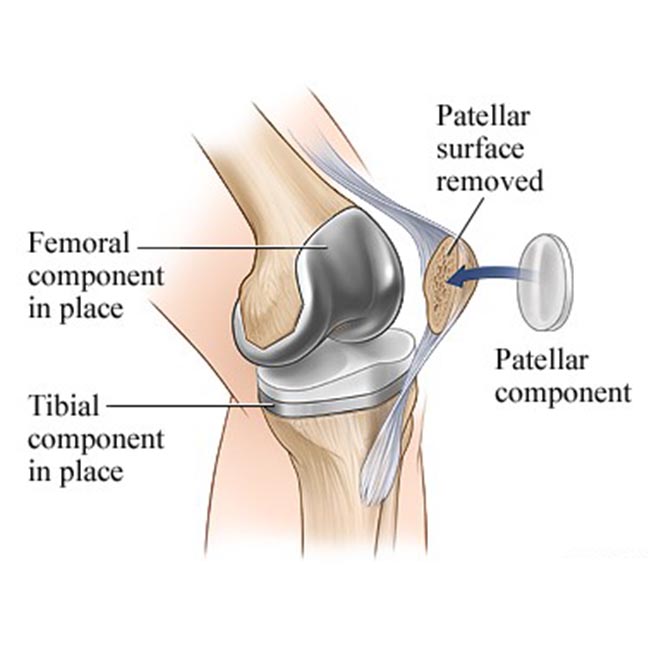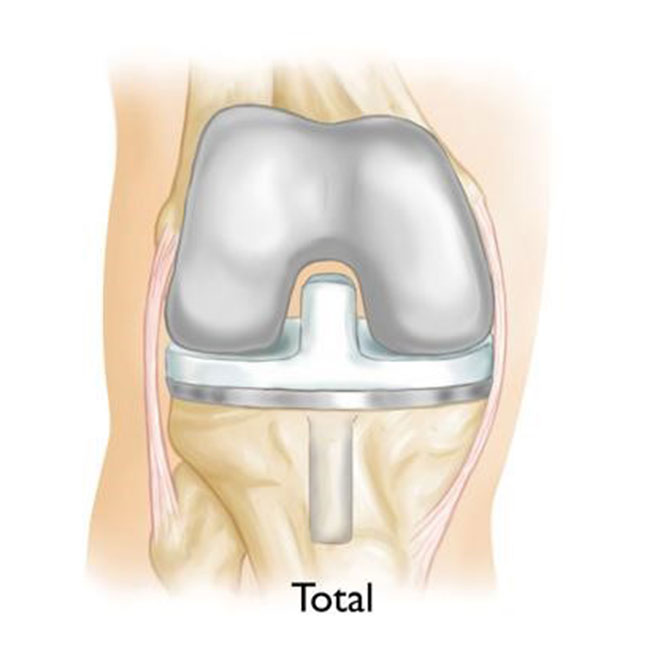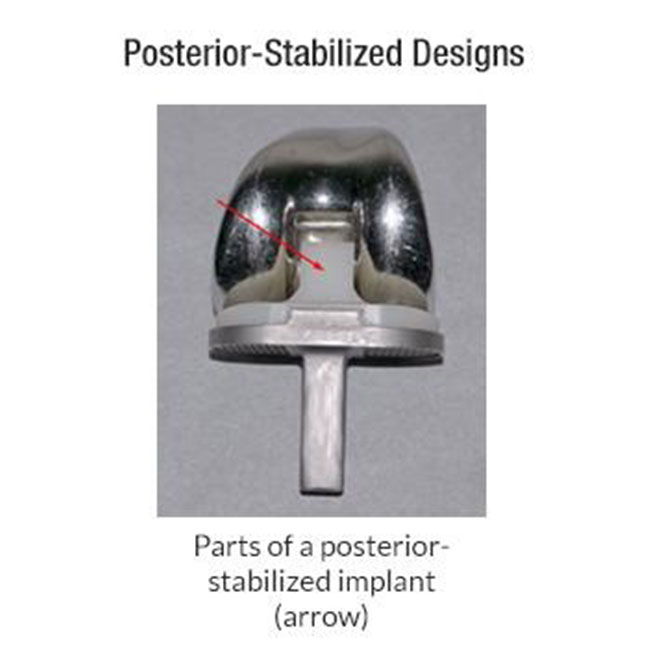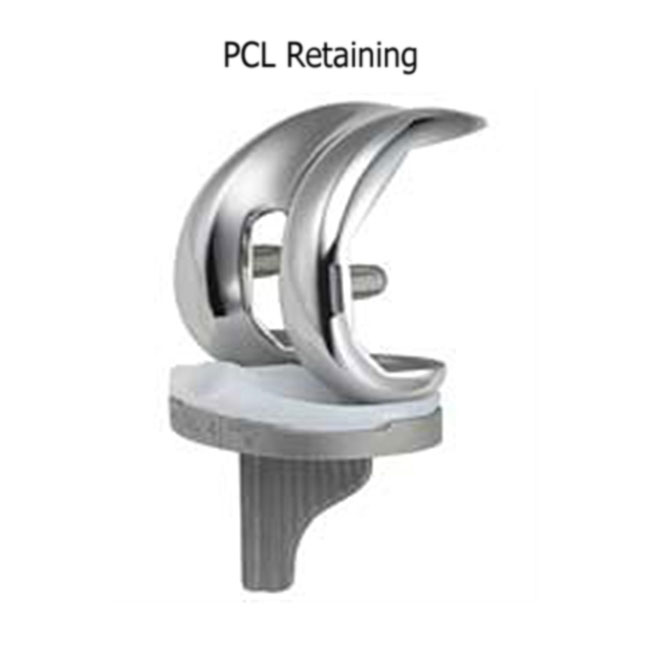Understanding the Different Types of Knee Prosthetics
share this article
Let’s look at the number of ways to categorize the different knee prosthetic types. Each knee replacement consists of three main parts:
- Metal femoral component for the end of your femur (thighbone)
- Metal tibial component for the top of your tibia (shinbone)
- Plastic spacer or insert that sits on top of the tibial component.
Your surgeon may also decide to replace the underside of the patella (kneecap) with a plastic dome-shaped button or cap.
The metal components of a knee prosthetic are either made of an alloy of cobalt-chromium, a mixed metal of titanium and cobalt, or titanium. The plastic spacer and patella button are made of the durable plastic polyethylene.
One way to classify the prosthetics is what parts of the knee joint are being replaced. There are four main types of knee replacements including:
- Total knee replacement
- Unicompartmental or partial knee replacement
- Kneecap replacement
- Complex/revision replacement.
A partial knee replacement contains all the same components of a total knee replacement, but only one compartment (medial or lateral) is replaced and in most instances the ligaments that cross through the middle of your knee, known as the cruciate ligaments (ACL and PCL), remain intact. In a revision replacement, a previously implanted knee replacement is replaced with a new one.
With a kneecap or patella replacement, the underside of the kneecap is resurfaced with a polyethylene cap or button. This is often done as part of a total knee replacement procedure, but not all surgeons will resurface the kneecap. If the kneecap is not resurfaced, there may be some increased pain at the front of the knee, but there is reduced risk of complications that are possible with kneecap resurfacing.
Knee replacement prosthetics can also be differentiated based on the characteristics of the plastic spacer that sits on top of the tibial component (shin).
- Fixed: The plastic spacer is fixed in place. The femur (thighbone) rotates on top of the fixed spacer.
- Rotating: Mobile bearing implant. The spacer is able to rotate to simulate the normal rotation of the tibia at the knee joint. The proposed benefits of this include less shearing stress on the implant lead to a longer lasting replacement. However, a rotating platform knee requires more stability from the ligaments and soft tissue around the knee to prevent dislocations. There is also an increased risk of soft tissue impingement. These are usually recommended for younger and more active individuals.
- Posterior Stabilized: With this replacement, the posterior cruciate ligament (PCL), one of the ligaments that crosses through the middle of the knee, is removed. To help provide stability for the joint, the plastic spacer has an elevated post in the front portion. The femoral component of the prosthetic also has a “box” in the middle to provide space for the plastic post. Posterior stabilized prosthetics are used for those with severe deformity of the knee, flexion contracture (knee “stuck” in flexion), a removed kneecap, or with revision surgery.
-
PCL Retaining: With this replacement, the PCL remains intact and therefore there is no post on the flat plastic spacer. Less bone is removed overall and there is reduced risk of complications from having a plastic post.
Lastly, knee replacement prosthetics can be differentiated based on how the prosthetic is fixated to the bone.
- Cemented: A special “cement” called methylmethacrylate bonds the metal components to the bone. About 80 percent of replacements are cemented and the individual can be full weight bearing immediately after surgery.
- Cementless: The metal components have a textured surface or porous material and new bone grows into the implant. The components may be further stabilized with screws or pegs. There is a longer recovery as the new bone must grow, and the individual will have weight bearing restrictions for a number of weeks after the surgery.
Ultimately, the surgeon will decide which type of replacement is best for you based on the anatomy and level of deformity of your knee, the stability and quality of the ligaments of the knee, and the level of experience the surgeon has with the different prosthetic types.
1. https://orthoinfo.aaos.org/en/treatment/knee-replacement-implants/
2. https://myhealth.alberta.ca/Health/pages/conditions.aspx?hwid=aa14776
3. https://orthoinfo.aaos.org/en/treatment/unicompartmental-knee-replacement/
4. http://alphaorthoclinic.com/total-knee-replacement/
5. https://www.orthobullets.com/recon/5019/tka-prosthesis-design
share this article
Subscribe to our newsletter
Join our mailing list to receive the latest news and updates from the Knee Replacement Therapists. Also, for a limited time, receive a free article from The Knee Replacement Therapists describing why your x-rays may not be giving you the whole story.
Free Preview
Click here for a free preview of some of the content found in our video Programs
Knee to Know Show
Click here to checkout our popular vlog with videos on a variety of topics related to knee replacement surgery, knee pain and arthritis, and helpful exercises and activities.
Ready to get started?
Browse our programs, or purchase now.










